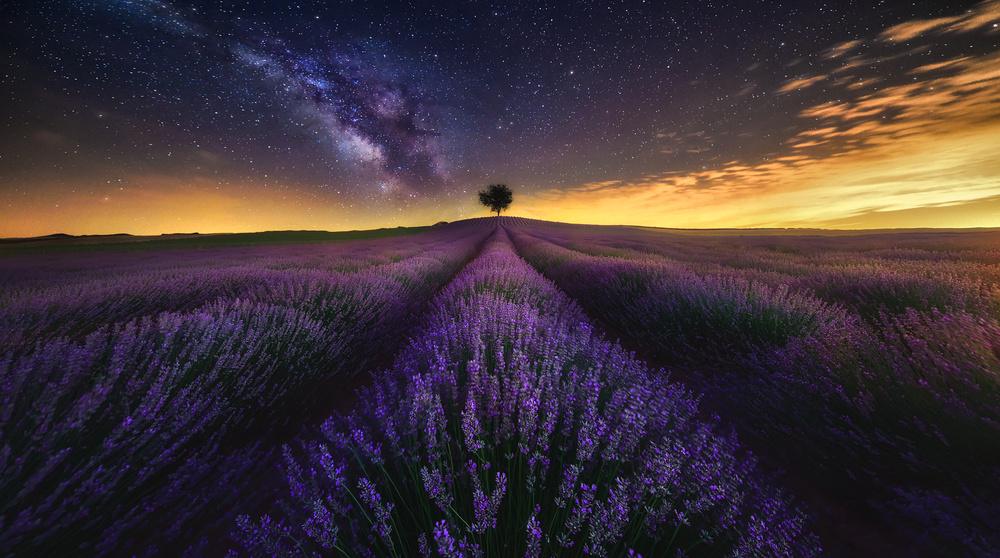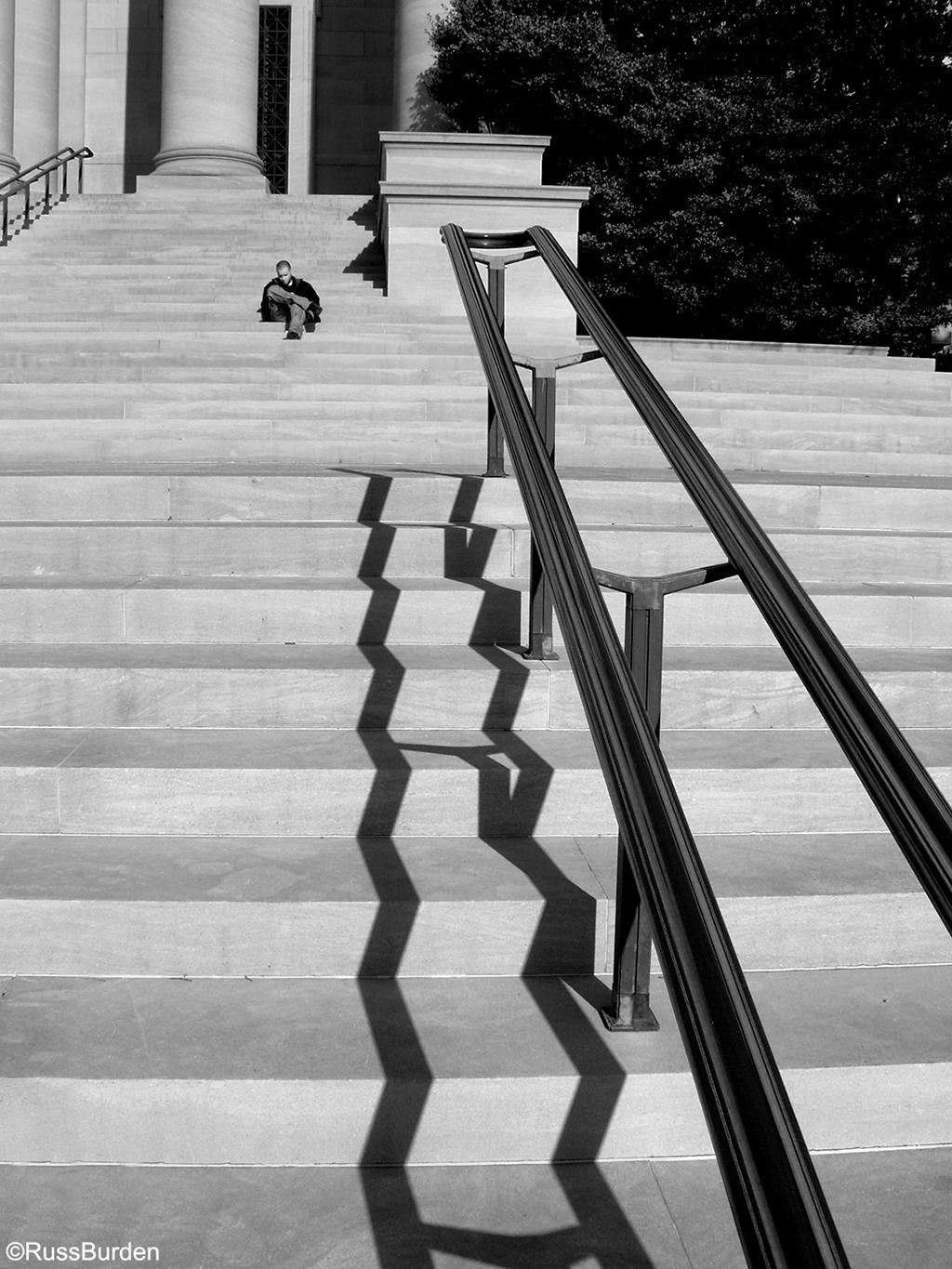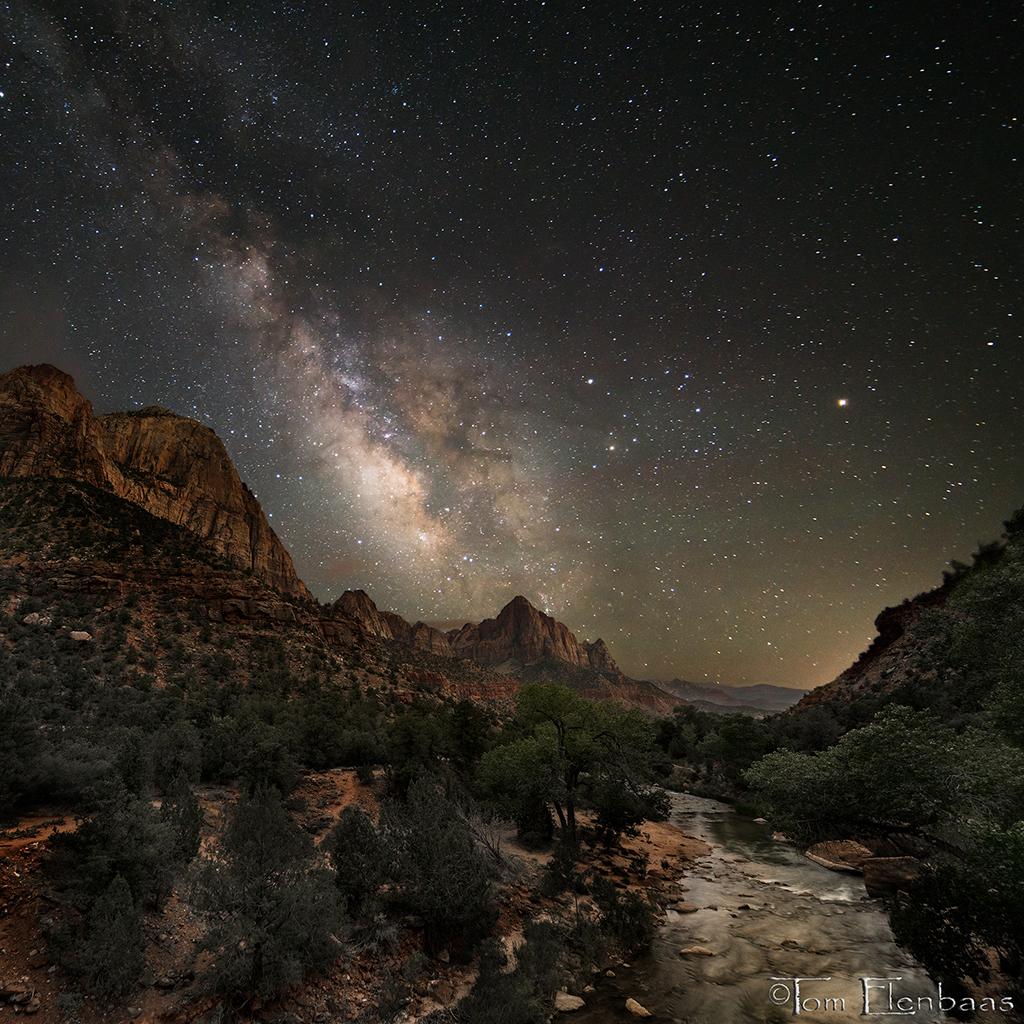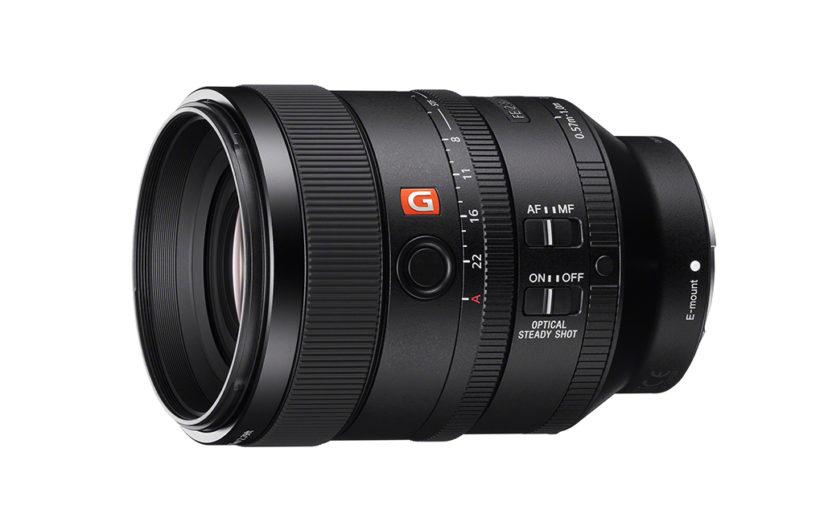Tips & Tricks

The Morimus Funereus: a beetle difficult to find
1x Blog-Tips & Tricks' .
. '
To some people, art represents a way of self-expression; others consider it to be their hiding place. But the most beautiful thing about photography is the fact that it always shows new things presented in an artistic form.
The forests near my home in Romania host many wild animals as well as a wide range of insects. Among these insects is Morimus funereus, a species of beetle that likes to live in oak and beech forests and is very difficult to find. It was a privilege for me to discover this insect, even though not directly since it was caught by one of my friends who enjoys watching me photograph.
I took this picture at the beginning of summer when I used to spend a lot of time searching for interesting subjects. Summer is the best and easiest time of year to find these insects; it's their mating season, and afterward they disappear for the rest of the year. I frequently went out alone searching for subjects to photograph, but one day I decided to ask one of my friends, Mihai, to come along, which turned out to be a really good idea. Once we got into the forest, we found many subjects to shoot; however, they were very common, easy-to-find insects like butterflies, fireflies, grasshoppers and so on. My intention that day was to find something unusual and rare.
To find an insect of this kind it is necessary to be very attentive since they can easily hide themselves in their surroundings and be mistaken for tree bark. Patiently I started searching, slowly and carefully looking all around me. After almost two hours, I started to give up on the idea that I would find what I was looking for, so I started shooting the insects that were easy to find, creating compositions that were not so interesting.
After a short while, I heard Mihai nervously shouting at me, and I instantly knew that he found what I had been looking for. He came to me holding this large beetle, a Morimus funereus, which is approximately five centimeters long with antennas the same length as its body. From that moment on, the day became much more interesting.
Because of its size, I couldn’t shoot the insect at ground level or among the tall blades of grass. So I put it on different tall plants so that I could have a good depth of field. I was also trying to obtain the right composition that would highlight its shape and size while creating an artistic image. I shot repeatedly as I searched for the best angle while still maintaining good focus.
I took approximately 20 photos from a distance of about 12–15 inches (30–35 cm) with three different compositions; two of the three turned out successful. It was a cloudy day and the dim light created problems for me, influencing both the shutter speed (1/80 second) and the aperture (f/4). This photograph was taken without a tripod, using a Canon 60D, an ISO of 250 and the camera's white balance set to cloudy. Considering the poor lighting, the result was not exactly what I had expected. When I looked at my pictures on the monitor, I noticed that they were dark and the colors were not exactly pleasant. As it turned out, the toughest part in making this image was the post-processing.
"Summer is the best and easiest time of year to find these insects; it's their mating season, and afterward they disappear for the rest of the year."
I took this picture at the beginning of summer when I used to spend a lot of time searching for interesting subjects. Summer is the best and easiest time of year to find these insects; it's their mating season, and afterward they disappear for the rest of the year. I frequently went out alone searching for subjects to photograph, but one day I decided to ask one of my friends, Mihai, to come along, which turned out to be a really good idea. Once we got into the forest, we found many subjects to shoot; however, they were very common, easy-to-find insects like butterflies, fireflies, grasshoppers and so on. My intention that day was to find something unusual and rare.
To find an insect of this kind it is necessary to be very attentive since they can easily hide themselves in their surroundings and be mistaken for tree bark. Patiently I started searching, slowly and carefully looking all around me. After almost two hours, I started to give up on the idea that I would find what I was looking for, so I started shooting the insects that were easy to find, creating compositions that were not so interesting.
After a short while, I heard Mihai nervously shouting at me, and I instantly knew that he found what I had been looking for. He came to me holding this large beetle, a Morimus funereus, which is approximately five centimeters long with antennas the same length as its body. From that moment on, the day became much more interesting.
"I was also trying to obtain the right composition that would highlight its shape and size while creating an artistic image."
Because of its size, I couldn’t shoot the insect at ground level or among the tall blades of grass. So I put it on different tall plants so that I could have a good depth of field. I was also trying to obtain the right composition that would highlight its shape and size while creating an artistic image. I shot repeatedly as I searched for the best angle while still maintaining good focus.
I took approximately 20 photos from a distance of about 12–15 inches (30–35 cm) with three different compositions; two of the three turned out successful. It was a cloudy day and the dim light created problems for me, influencing both the shutter speed (1/80 second) and the aperture (f/4). This photograph was taken without a tripod, using a Canon 60D, an ISO of 250 and the camera's white balance set to cloudy. Considering the poor lighting, the result was not exactly what I had expected. When I looked at my pictures on the monitor, I noticed that they were dark and the colors were not exactly pleasant. As it turned out, the toughest part in making this image was the post-processing.
POST PROCESSING
The post-processing was done using Lightroom 5 and Photoshop CS6.
Getting this image the way you see it was not at all easy. I had to highlight the subject and eliminate the unpleasant green color in the original image using shades of brown and grey. This image retains the natural colors of the insect and the plant that it's clinging to.
1) Starting in Lightroom, I made the following adjustments in the Basic panel: Exposure +20, Highlights –100, Shadows +100, Whites +5 and Blacks +10.
2) In the Tone Curve panel, I made these adjustments: Highlights +55, Lights –24, Darks +15 and Shadows –15.
3) In the HSL/Color panel, I selected Saturation and made these adjustments: Orange +18, Yellow –22, Green –67, Aqua +55 and Blue +50.
4) In the Detail panel, I adjusted the Sharpening settings: Amount 72, Radius 2.2, Detail 79 and Masking 50.
5) After applying these adjustments, the picture became brighter, clearer and had more pleasant colors. But there was still a lot of work to do, which is why I opened the image in Photoshop. I needed to better define the color tones so they seemed warmer and more natural. To do this I first applied a Selective Color adjustment layer and made the following adjustments: Reds (Magenta +37, Yellow +57, Black –8); Yellows (Magenta +31, Yellow –29, Black +10); Cyans (Magenta –69, Yellow –58, Black +33); and Blues (Magenta +33, Yellow –40, Black +24).
6) I then applied a Color Balance adjustment layer and set Red to +13 and Blue +17.
7) A Brightness/Contrast adjustment layer was added, setting Brightness to –40 and Contrast to +15.
8) After applying these adjustments in Photoshop, the overall image was more pleasant and it looked very closet to what I was expecting. However, the modifications I made to the colors influenced the overall contrast, which had to be fixed. So I reopened the image in Lightroom 5, and I again changed the contrast and colors in the Basic panel by making these adjustments: Highlights +40, Shadows +100, Whites +35 and Blacks +15.
9) In the Tone Curve panel, I made these adjustments: Highlights +21, Lights –15, Darks +15 and Shadows –10.
10) In the HSL/Color panel, I selected Saturation and made these adjustments: Orange –15, Yellow +50, Aqua +25 and Blue +40. I then selected Luminance and set Aqua to +47 and Blue to +56.
11) In the Detail panel, I adjusted the Sharpening settings: Amount 130, Radius 1.5, Detail 51 and Masking 79.
12) In the Effects panel, under Style, I selected Highlight Priority and set Amount to –15. This last adjustment carried the image to its final form by enhancing the contrast and colors, giving the image depth by creating lights and shadows.
Getting this image the way you see it was not at all easy. I had to highlight the subject and eliminate the unpleasant green color in the original image using shades of brown and grey. This image retains the natural colors of the insect and the plant that it's clinging to.
1) Starting in Lightroom, I made the following adjustments in the Basic panel: Exposure +20, Highlights –100, Shadows +100, Whites +5 and Blacks +10.
2) In the Tone Curve panel, I made these adjustments: Highlights +55, Lights –24, Darks +15 and Shadows –15.
3) In the HSL/Color panel, I selected Saturation and made these adjustments: Orange +18, Yellow –22, Green –67, Aqua +55 and Blue +50.
4) In the Detail panel, I adjusted the Sharpening settings: Amount 72, Radius 2.2, Detail 79 and Masking 50.
5) After applying these adjustments, the picture became brighter, clearer and had more pleasant colors. But there was still a lot of work to do, which is why I opened the image in Photoshop. I needed to better define the color tones so they seemed warmer and more natural. To do this I first applied a Selective Color adjustment layer and made the following adjustments: Reds (Magenta +37, Yellow +57, Black –8); Yellows (Magenta +31, Yellow –29, Black +10); Cyans (Magenta –69, Yellow –58, Black +33); and Blues (Magenta +33, Yellow –40, Black +24).
6) I then applied a Color Balance adjustment layer and set Red to +13 and Blue +17.
7) A Brightness/Contrast adjustment layer was added, setting Brightness to –40 and Contrast to +15.
8) After applying these adjustments in Photoshop, the overall image was more pleasant and it looked very closet to what I was expecting. However, the modifications I made to the colors influenced the overall contrast, which had to be fixed. So I reopened the image in Lightroom 5, and I again changed the contrast and colors in the Basic panel by making these adjustments: Highlights +40, Shadows +100, Whites +35 and Blacks +15.
9) In the Tone Curve panel, I made these adjustments: Highlights +21, Lights –15, Darks +15 and Shadows –10.
10) In the HSL/Color panel, I selected Saturation and made these adjustments: Orange –15, Yellow +50, Aqua +25 and Blue +40. I then selected Luminance and set Aqua to +47 and Blue to +56.
11) In the Detail panel, I adjusted the Sharpening settings: Amount 130, Radius 1.5, Detail 51 and Masking 79.
12) In the Effects panel, under Style, I selected Highlight Priority and set Amount to –15. This last adjustment carried the image to its final form by enhancing the contrast and colors, giving the image depth by creating lights and shadows.
TIPS
1) Sometimes you need to be prepared to spend ample time in post-processing. When you have to deal with pictures that are not technically correct, you need to know how to use image processing programs. Make sure that you do not distort the colors during post-processing, but if you do need to make big adjustments to the color, make sure that the result appears as natural as possible. In this image, I wanted to keep the natural color of the subject, and I encourage you to do the same when you process and image like this.
2) If you can manipulate the subject, try to shoot many different compositions so you can choose which one is the most artistic as well as most representative of the subject.
3) Be very careful with endangered animals: don't handle them carelessly and don't be aggressive. When you are finished photographing your subject, always remember to release it where you first found it.
2) If you can manipulate the subject, try to shoot many different compositions so you can choose which one is the most artistic as well as most representative of the subject.
3) Be very careful with endangered animals: don't handle them carelessly and don't be aggressive. When you are finished photographing your subject, always remember to release it where you first found it.
BIOGRAPHY
I'm from Romania and I'm 32 years old. About a year ago, photography was just a hobby for me, but throughout the year it has increasingly become an occupation that is as important as my day job. Now my greatest passion is photography. I invest a lot of time in it, and I try to evolve with every photograph I shoot. I enjoy cycling, hiking and mountain trips, especially in the winter and in extreme conditions, and I run a web store specialized in photography equipment. However, what I enjoy the most is macro photography.
I spend a lot of time studying photography by practice and theory, and it seems that I have chosen the best way to express myself. All I have to do is develop my skills, especially because I plan to make a living by drawing on my passion for photography.
I spend a lot of time studying photography by practice and theory, and it seems that I have chosen the best way to express myself. All I have to do is develop my skills, especially because I plan to make a living by drawing on my passion for photography.












